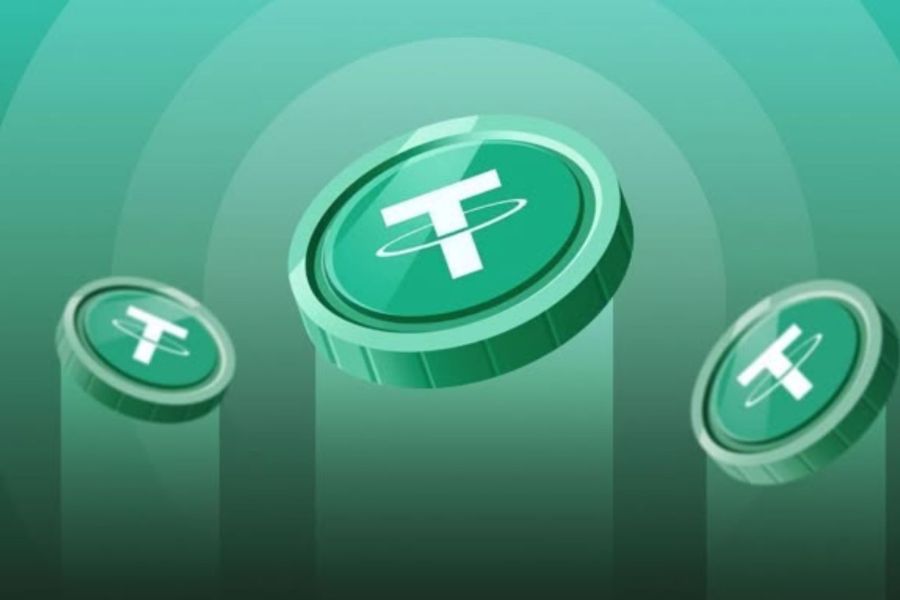Web3 technology is ushering in a new era for the internet, where decentralization, privacy, and individual control over data take center stage. In this article, we’ll explore how Web3 is transforming the web as we know it and what impact it will have on the future of the global network’s decentralization.
What is Web3?
Web3 is the evolution of the web, where users have full control over their data, transactions, and digital assets. Unlike Web2, where large corporations centralize access to information and services, Web3 allows individuals to interact directly with one another without intermediaries.
Decentralization in Action
In Web3, decentralization is achieved through technologies such as blockchain and smart contracts. With these tools, users can create and manage decentralized applications (dApps) that operate without a central authority.
Key benefits of decentralization:
Greater privacy: Users have control over their data, reducing the risk of personal data misuse.
Transparency: Transactions and activities are visible to everyone, eliminating opacity.
Global access: Decentralized applications are available to anyone with internet access, regardless of location.
Web3 and Its Impact on the Digital Economy
The impact of Web3 goes beyond privacy and decentralization. It is also shaping a new digital economy through tokenization, where real-world assets (such as real estate, art, or even stocks) can be represented as digital tokens on a blockchain.
Opportunities for businesses:
New financing models through DAOs (Decentralized Autonomous Organizations).
Business models without intermediaries, reducing costs and increasing efficiency.
Token-based economies, enabling direct monetization between users and creators.
Challenges and the Future of Web3
While the advantages of Web3 are clear, it also faces significant challenges, such as scalability, mass adoption, and regulation. As Web3 evolves, finding solutions to these issues will be crucial.
The decentralization of the internet is underway thanks to Web3. The ability to return control to users and allow them to interact in a more transparent, secure, and equitable manner will shape the future of the web. However, collaboration among communities, developers, and regulators is needed to ensure this revolution happens effectively and responsibly.





